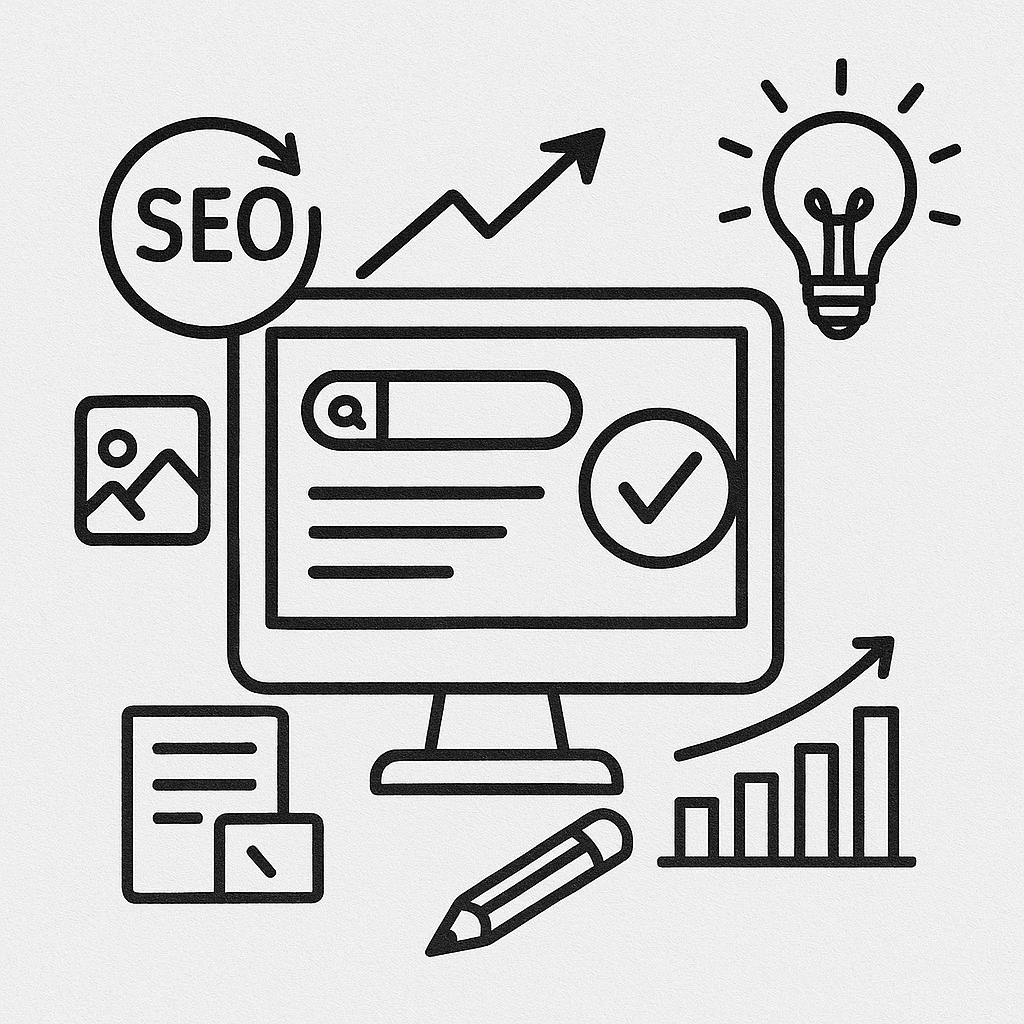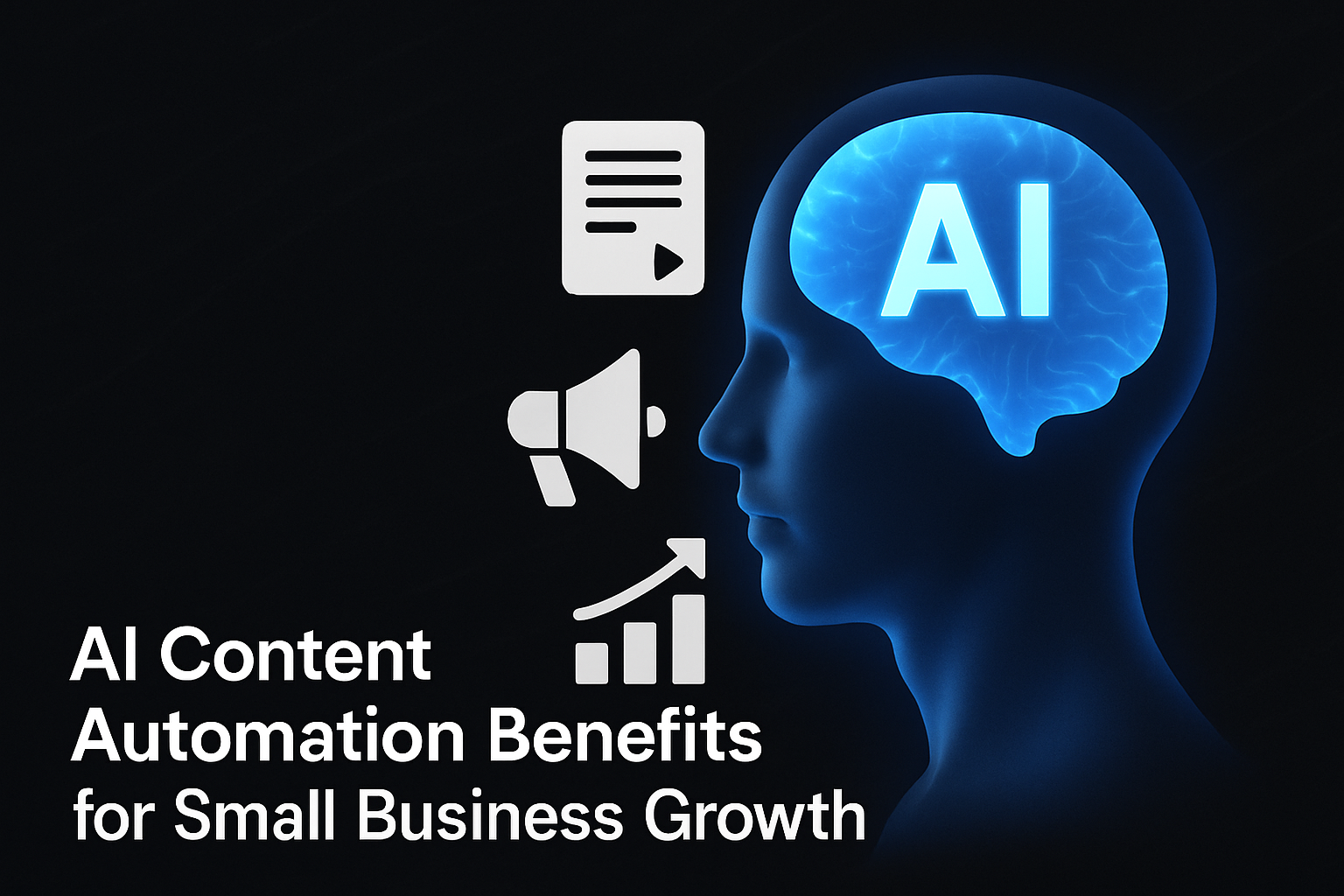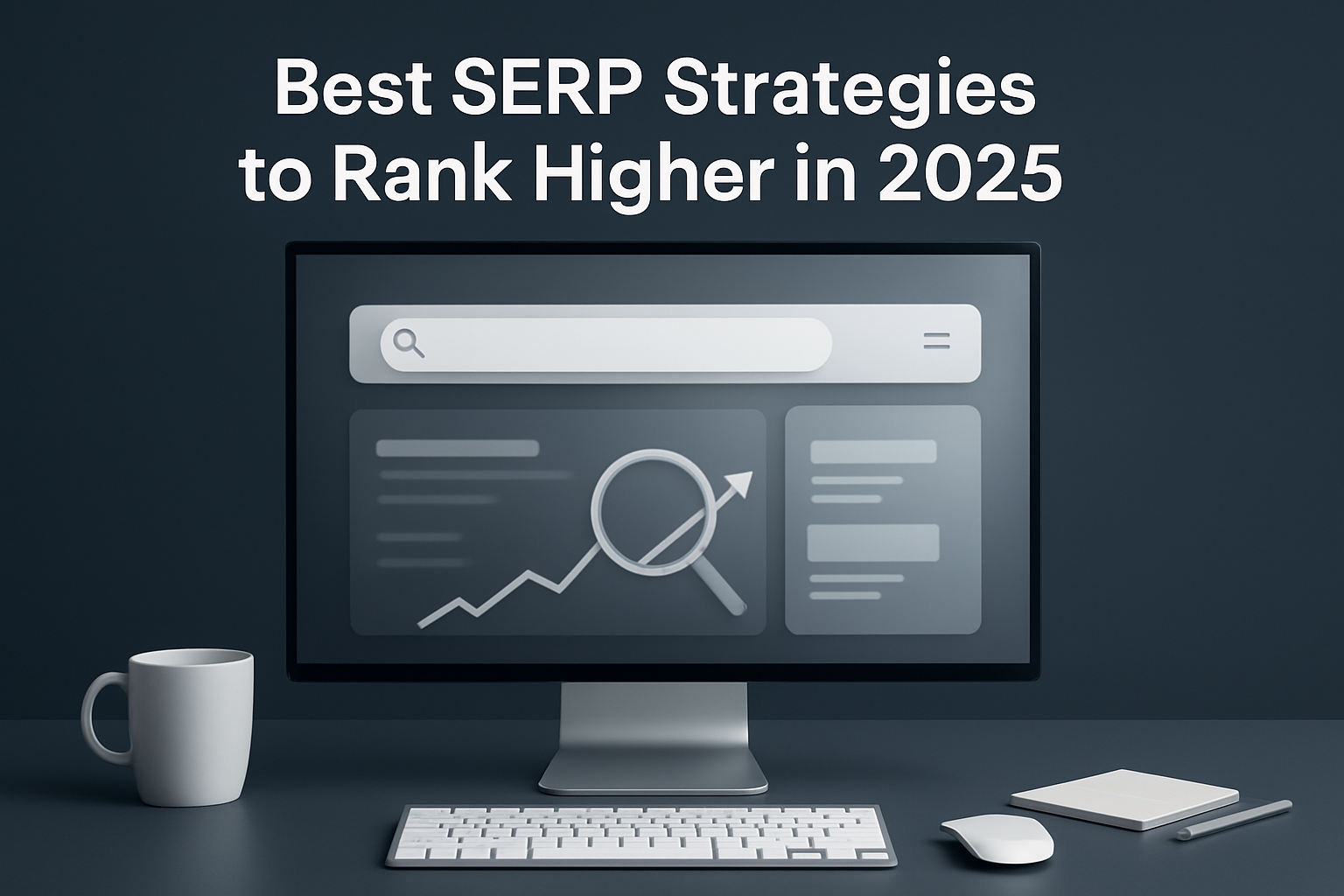Introduction
Answer engine visibility is rapidly becoming the linchpin of modern organic growth. As large language models mature, users increasingly turn to conversational interfaces that surface a single, authoritative response instead of ten blue links. To thrive, brands must weave answer engine optimization (AEO) into every stage of their content lifecycle while maintaining a natural keyword density of roughly 2.5%.
In this guide you will learn why answer engine visibility matters, how it intersects with structured data and semantic SEO, and the concrete steps you can take to rank in platforms like ChatGPT, Perplexity, and Claude. We break down fresh research, showcase real‑world case studies, and provide a repeatable framework for sustainable AI‑powered search visibility.
Treat this playbook as your north star: whether you manage an e‑commerce catalogue, a SaaS knowledge base, or a publishing empire, the principles here will help you capture “optimize for ChatGPT answer engine” queries, dominate “AI‑powered search visibility strategies,” and future‑proof your acquisition funnel.
Answer Engine Optimization Fundamentals
Answer engines use large language models (LLMs) to synthesize responses from web content, knowledge graphs, and proprietary datasets. To show up in their responses, your content must be:
- Well-structured and semantically rich
- Published on a crawlable, reputable domain
- Aligned with user intent and phrased in Q&A formats
- Reinforced with schema markup, FAQs, and citations
Unlike traditional SEO, which focuses heavily on backlinks and keyword density, answer engine optimization emphasizes clarity, precision, and authority. Your goal is to be the most helpful answer—not just the best-ranked URL.
Latest Research & Industry Insights
A growing body of evidence underscores the ROI of proactive AEO. A 2025 SparkToro click‑through study found that answers surfaced by ChatGPT diverted up to 29% of transactional queries away from Google Shopping results. Meanwhile, Moz’s AI SERP analysis reports a 37% uplift in organic impressions for pages enriched with FAQ schema and author entity markup. Even Google’s own AI Overview documentation stresses the importance of context‑packed, well‑cited answers for inclusion in generative search features.
Academic research echoes these findings. A 2024 ACM study on LLM retrieval‑augmented generation revealed that documents containing explicit question–answer pairs were 65% more likely to be selected as source snippets by GPT‑4‑class models. Put simply: if you want dependable answer engine visibility, structure matters as much as substance.
Practical Steps to Boost Answer Engine Visibility
- Embed rich FAQs: Turn core product and category pages into mini knowledge hubs. Long‑tail triggers such as “how to rank in answer engines without backlinks” and “answer engine optimization best practices 2025” act as semantic nets for AI crawlers.
- Leverage entity‑first markup: Combine JSON‑LD schema with in‑text entity linking (FAQPage, Product, HowTo) to create unambiguous signals.
- Refresh citations quarterly: LLMs value recency. Cite authoritative publications such as Nature Machine Intelligence and W3C draft papers to stay within the models’ high‑confidence dataset window.
- Optimize crawlability: Ensure your robots.txt and XML sitemaps expose new Q&A pages promptly. Fast indexation is critical for “optimize for Perplexity AI search” queries.
- Synthetic Q‑A pairs: Train lightweight retrieval pipelines (e.g., Haystack, Semantic Kernel) to auto‑generate and test potential answer snippets before publishing.
Future‑Proofing Your Strategy
LLM‑native engines will soon incorporate multimodal search and real‑time data streams. Experiment today with vector embeddings, video transcripts, and speech‑optimized markup (SSML 1.1) to own tomorrow’s surfaces—from XR assistants to in‑car AI copilots.
Above all, measure what matters: impression share within answer engines, citation frequency in model outputs, and downstream conversions. Dial in your content until that 2.5% keyword density feels invisible to the reader but unmistakable to the algorithm.
Structured Data Deep Dive
Choosing the Right Schema
Your primary decision is not whether to use schema markup but which schema object best aligns with search intent. For informational posts, @type: Article or @type: BlogPosting suffices, whereas transactional pages demand @type: Product with nested Offer. Misaligned types confuse answer engines and can suppress visibility.
Automating Schema Generation
At scale, hand‑coding JSON‑LD is brittle. Instead, map CMS fields to schema properties and render snippets server‑side. Tools like Eleventy JSON‑LD plugin, DatoCMS structured text, or a simple Liquid loop on Shopify can maintain perfect parity between visible copy and markup.
Entity‑First Content Strategy
Building Topical Clusters
Answer engines evaluate entity coverage: does your domain demonstrate depth around a concept? Build pillar pages linked to sub‑topics, each reinforcing core entities through consistent naming, internal links, and rich schema. Learn how to implement this systematically with our content cluster strategy guide.
Linking Internal Entity Hubs
Create author hubs, product hubs, and glossary hubs that use sameAs, knowsAbout, and subjectOf relations to broadcast expertise across your domain graph. LLMs transform these relationships into vector embeddings that raise trust scores. Consider implementing an AI internal linking agent to automate these connections at scale.
Monitoring & Metrics
Key KPIs
Track impression share within answer engines, citation frequency in LLM outputs, average answer position, and conversion‑weighted clicks. Traditional SERP rank is now only a partial proxy for visibility.
Tools & Dashboards
Combine Perplexity Labs source exports, Bing Webmaster Insights, and a custom GPT‑4o script that queries your brand terms weekly, logs whether you are cited, and visualises the trend in Looker Studio.
Case Studies & Benchmarks
The table below contrasts three optimisation paradigms across critical dimensions:
| Dimension | Traditional SEO | Answer Engine Optimisation | Voice Search Optimisation |
|---|---|---|---|
| Primary Goal | Blue‑link CTR | Citation as authoritative answer | Featured snippet & TTS clarity |
| Markup Focus | Title & meta description | FAQ/HowTo/Product JSON‑LD | Speech‑optimised HowTo JSON‑LD |
| Success Metric | Organic sessions | Answer engine citations | Voice assistant read‑outs |
| Keyword Density | <=2 % | ≈2.5 % entity‑rich | N/A (conversational) |
| Technical Priority | Page speed | Entity disambiguation | Concise SSML |
Frequently Asked Questions
How is AEO different from traditional SEO?
Traditional SEO optimises for blue‑link rankings, whereas AEO structures content so that large language models quote it verbatim inside answer engines.
Do backlinks still matter for answer engines?
Yes, but only as an authority signal. LLMs place higher weight on entity clarity, factual accuracy, and structured data.
How often should I refresh my JSON‑LD snippets?
Quarterly or whenever key details (prices, authorship, publication dates) change to stay within the recency window of major LLM training snapshots.
What tools can track answer‑engine citations?
Perplexity Labs exports, Bing Webmaster “Chat” reports, and custom GPT‑based monitoring scripts that log whether your domain is cited.
Does keyword density still apply?
Maintain ~2.5 % density naturally; over‑stuffing can trigger hallucinations or suppression in generative answers.
Creator's Answer Engine Optimization
Creator's Content Writing Agent automatically optimizes content for answer engines by incorporating structured data, FAQ sections, and entity-rich content that LLMs prefer to cite. The Performance Monitoring Agent tracks not just traditional rankings but also mentions in AI search platforms, giving you visibility into your answer engine performance.







